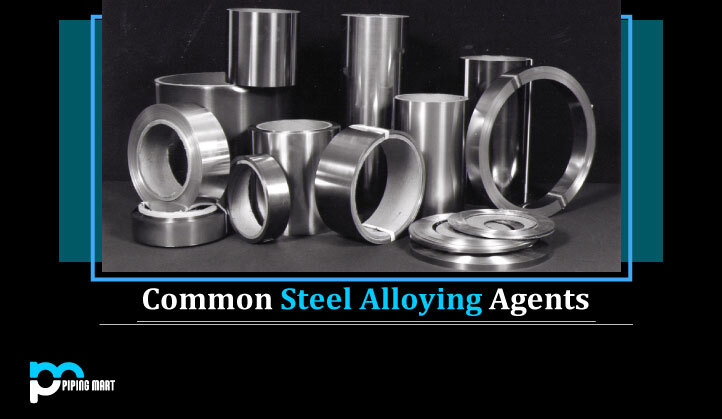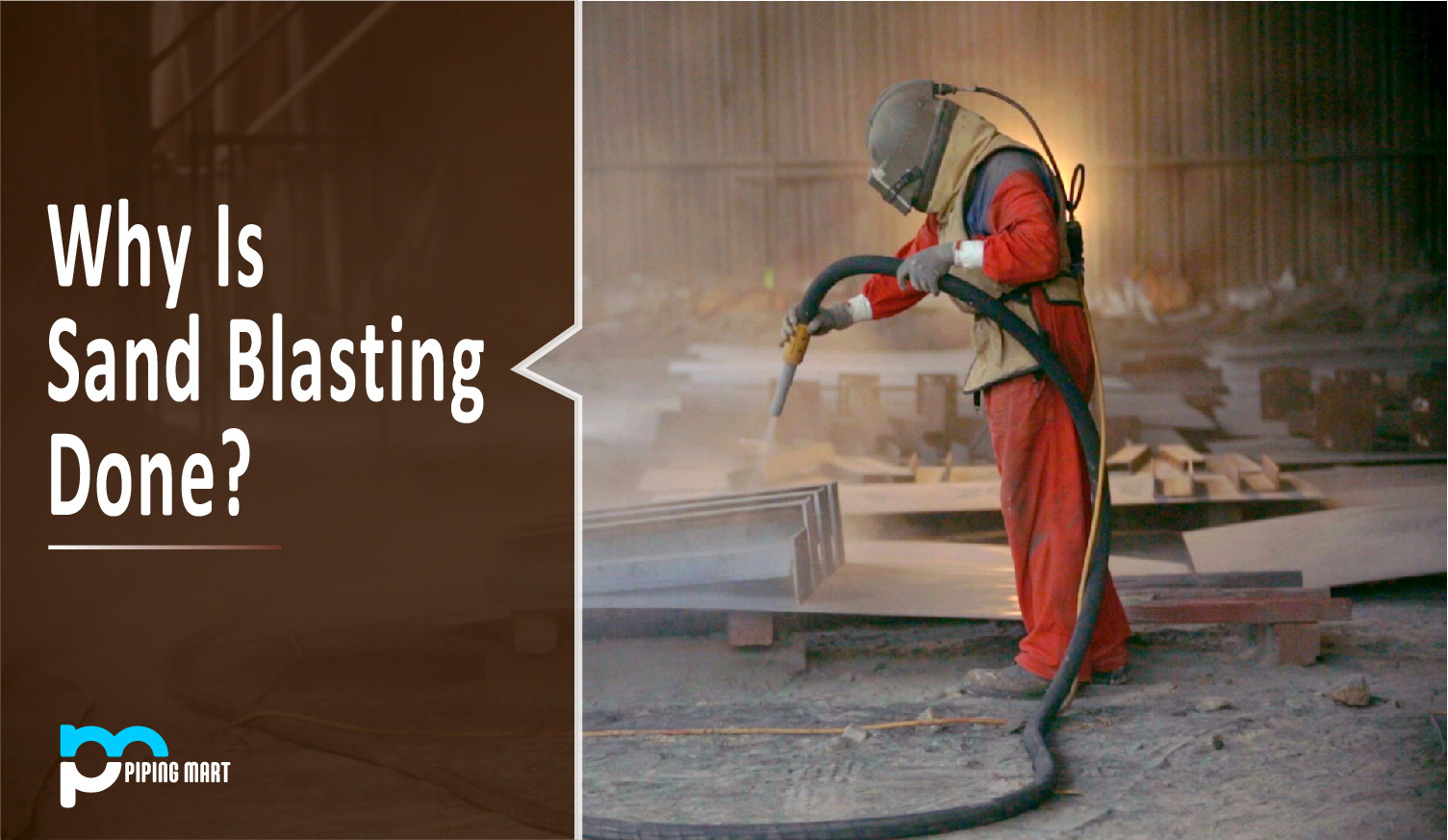For the growth of modern civilization, steel has played an important role it. People usually get confused between steel and iron, but it is something not to be confused about. Iron is just used as the base to produce steel. Steel is an alloy of iron, composed of carbon content ranging from 0.03% to 1.075%, and often other elements, It has high tensile strength with low cost, thus becoming a major component for the construction of buildings, infrastructure, tools, ships, automobiles, machines, appliances, and weapons. It is one of the most familiar materials in the world, with an industry of productions exceeding 1.3 billion tons a year.
Alloying Process.
Alloying is a mixture of metals. Steel is a mixture of iron and some other elements but mostly Carbon and the carbon in a steel alloy most likely contribute up to 2.1 % of its weight. Alloying is used to alter the chemical composition of steel and increases its properties over carbon steel or adjusts them to meet the prerequisite of specific applications.
Why alloying elements are incorporated in steel?
- To enhance mechanical properties through control of the factors, which allow higher tempering temperature while upholding high strength and to get better ductility.
- It influences additional particular properties such as magnetic permeability & Neutron
- Absorption, There are some common steel alloying agents or elements which show particular effects on the properties of stainless steel.
- It increases mechanical properties at high and low temperatures.
Some common steel alloying agents
- Aluminum (AL): It used consideration, aluminum helps to improve the oxidation resistance. It is used to control the growth of austenite grains.
- Chromium: Chromium is the most used element in stainless steel. It helps to improve corrosion resistance, also a response to the heat treatment, strength.
- Copper(U): Just like Chromium, cooper agent also increases corrosion resistance and can be added to improve formability and to lessen work hardening in grades designed for better machinability.
- Cobalt (co): It is used in Martensitic steels where it helps enhance hardness and tempering resistance. It increases strength at high temperatures and magnetic permeability.
- Nitrogen (N): Nitrogen increases the austenitic stability of stainless steel and enhances the yield strength in steel.
- Silicon (Si): Silicon raises oxidation resistance both at high temperatures and in powerfully oxidizing solutions at lower temperatures. It advances Ferritic microstructure and enhances strength.
- Tungsten(Tu ): Tungsten is present as an impurity in the majority of stainless steel and produces stable carbides, refines grain size.
- Sulfur(S): It is added to particular stainless steels to increase their machinability. At the levels present in these grades, sulfur somewhat lessens corrosion resistance, ductility, weldability, and formability.
- Phosphorus (P): Phosphorus is added along with sulfur to better machinability in low alloy steels. It even adds strength and increases corrosion resistance.

Pipingmart is B2B portal specializes in industrial, metal and piping products. Also, share latest information and news related to products, materials and different types grades to help business dealing in this industry.




